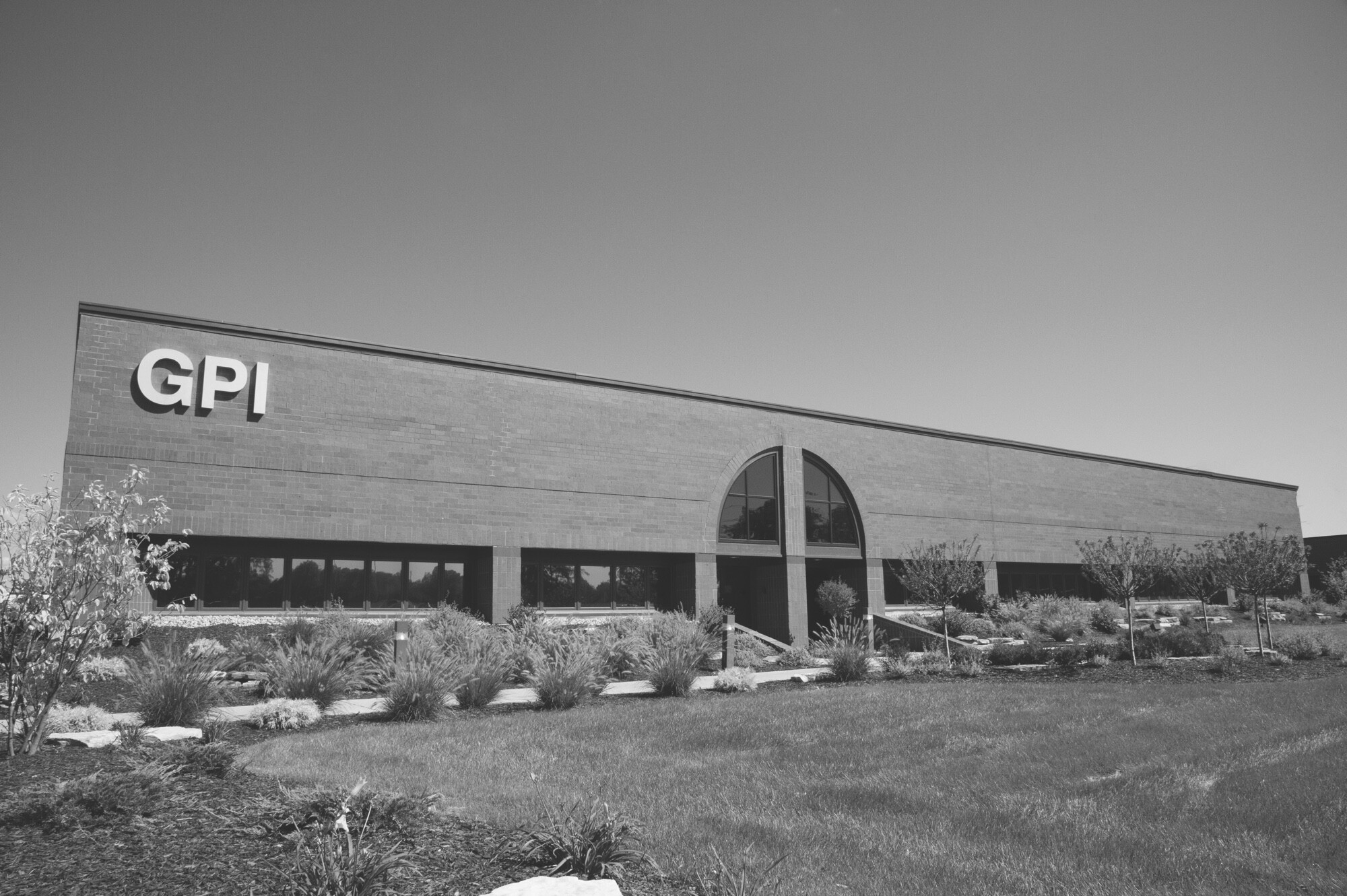Have you ever faced this problem? You have two greases. On the spec sheet, they look nearly identical—same NLGI grade, same base oil viscosity. But in your equipment, one fails in half the expected time while the other keeps performing. Why?
The answer isn't in the big numbers on the front of the data sheet. The real difference in performance, especially in high-load industrial applications, comes from a component that is rarely detailed: the additive package.
This guide will explain the role of the most critical additives so you can understand what truly drives grease performance.
What is an Additive Package?
At its simplest, grease has three components: a base oil that lubricates, a thickener that holds the oil in place, and an additive package. Additives are chemical compounds that typically make up a small fraction of the grease’s total volume, but they have a massive impact on its performance. Their job is to enhance the grease's natural properties, suppress undesirable ones, and add new capabilities that the base oil and thickener alone cannot provide.
The Workhorses: Key Additives for High-Load Applications
In demanding industrial environments, the additive package is what stands between your equipment and costly failure. Here are some of the key players:
Extreme Pressure (EP) Additives
Under the intense force of heavily loaded gears and bearings, the standard oil film can be squeezed out, risking direct and catastrophic metal-to-metal contact. Extreme Pressure (EP) additives are designed to prevent this. They activate under high pressure and temperature, forming a tough, sacrificial chemical layer on the metal surfaces that prevents seizure and reduces wear.
Oxidation Inhibitors
Just like iron rusts, grease degrades through oxidation when exposed to air and high temperatures. This process causes the grease to thicken, form sludge, and lose its ability to lubricate. Oxidation inhibitors are chemical compounds that slow down this degradation, dramatically extending the service life of the grease and allowing for longer relubrication intervals, especially in hot-running equipment.
Tackifiers and Corrosion Inhibitors
A lubricant can’t protect what it doesn’t touch. Tackifiers are sticky polymers that help the grease adhere firmly to surfaces, resisting being flung off in high-speed machinery or washed out by water. At the same time, corrosion inhibitors form a protective film on metal to prevent rust, which is critical in equipment exposed to moisture and humidity.
The Power of a Balanced Formula
Simply having these additives isn’t enough. High-performance grease relies on a precisely balanced formula where all components work in synergy without interfering with one another. Premium lubricant manufacturers invest millions in research and development to perfect these additive packages. That investment in chemistry is what truly separates a high-performance product from a budget alternative that just meets the minimum specs.
Conclusion: Look Beyond the Spec Sheet for True Performance
Choosing the right grease requires looking beyond the basic specs and understanding the technology that protects your equipment under stress. The invisible additive package is often the most important factor in a grease's ability to handle your toughest applications.
The best way to ensure you're using the right product is to consult an expert. Contact a specialist at GPI to discuss your specific high-load application and get a professional recommendation. To see how a premium, balanced grease performs in your equipment, ask about our "Ask for the Grease" program and receive free grease tube samples.
